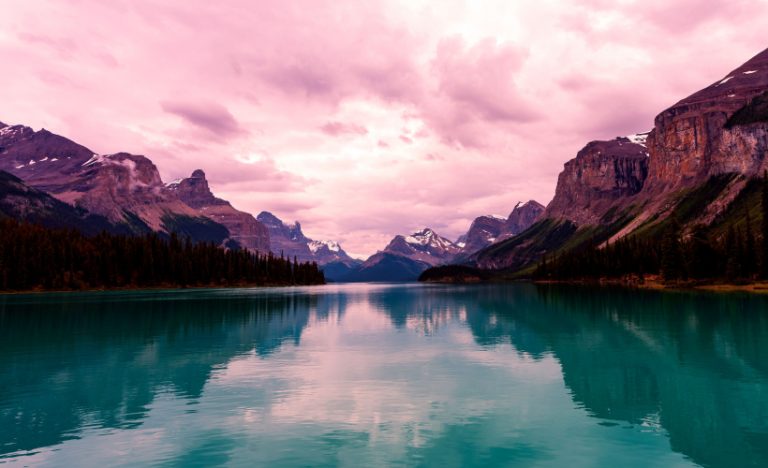Climate change paints a gloomy image of what is to come, scientific predictions have been made about the prospective imminent danger we face at the cause of our own hands. It is known (to most…) that the world is gradually heating up which has given rise to the melting of the polar ice caps, the increased amount of natural disasters, and the loss and extinction of many species, including the hypothesised event of our own eventual extinction.
People often place the problem of climate change into the back of their mind, as something to worry about in the future because it doesn’t directly affect them at this present time, however, this theory couldn’t be more inaccurate. Already people and places are being affected by the perils of climate change and already tourism is being affected by the slow burn of global warming.
Here are some of the destinations that are facing the harsh consequences of climate disruption right now and the places that you need to visit before they no longer exist:
The Alps
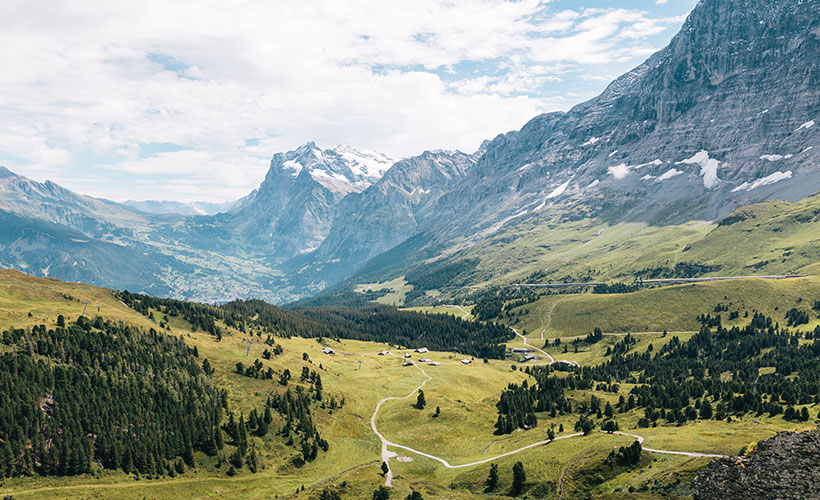
The Alps are a sweeping mountain range in Europe that expansively spans throughout France, Switzerland, Italy, Germany, Monaco, Liechtenstein, Austria, Germany, and Slovenia. The Alps are the longest running and the highest mountain range within the European region, and have been warming at roughly three times the global average with the prediction that they will continue to rise in temperature. This increase in temperature affects the winter sports industry greatly. Roughly 80 million tourists a year chase the snow on these alps to participate in sports such as skiing and snowboarding but with the warming of the climate, the snow season becomes shorter as the snow inches itself back up the mountain. Many ski resorts have been shutting down, whereas others are opting to revamp themselves by using man-made snow or transforming their ski resorts into spa resorts in order to keep the flame of tourism burning.
Vietnam
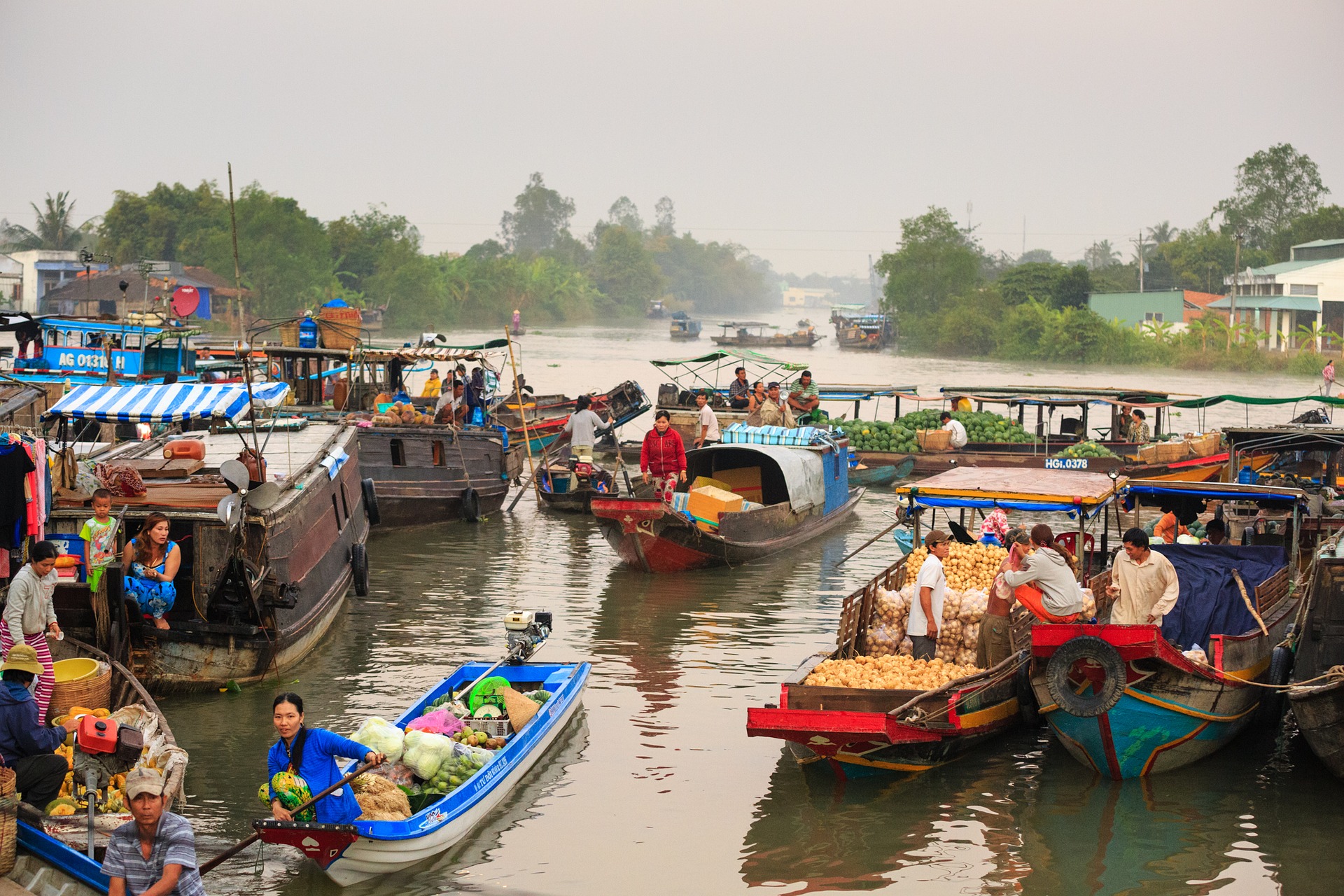
The Mekong Delta is a river that runs throughout south-western Vietnam, where the water from the various networks of river empty back out into the sea. The Delta is responsible for more than half of the countries rice production. With the continuous level of rising seas, the rice production within Vietnam is extremely vulnerable. The world produces some 700 million tonnes of paddy rice per year, this is enough to be the staple food to more than three billion people, so you can imagine what losing a substantial amount of rice could do to the world. If carbon emissions are not reduced, the seas will continue to rise, putting the rice paddies under threat and jeopardising food rations for people. Limited or reduced food rations can result in an increase of nation-wide or world-wide starvation. By the year 2050, the sea level rise in Vietnam could directly affect up to 1 million people.
Kiribati & The Maldives

The Pacific Island nation of Kiribati was the first to announce that it is rapidly becoming uninhabitable and as a result, has asked for assistance in evacuating its 100,000 people. Scientists have estimated that due to the melting of ice caps, water surrounding the island will raise by up to three feet over a short period.
The same can be said for the ever-so-popular tourist destination of The Maldives, which will eventually become victim to the same fate, due to it being the flattest country in the world. The Maldives attracts over 600,000 tourists a year with its iridescent, see-through seas. Even the two biggest international airports in the Maldives, which are crucial to the tourism sector, are within 50 metres of the sea. Scientists have surmised that by the end of this century the island will be an extra two metres underwater than what it is currently. The Maldivian government is assessing ways that they can adjust to rising seas by elevating current infrastructure. However, due to the Maldives becoming increasingly prone to flooding they are also looking into relocation plans. Even so, the Maldives is a must-see visit, just don’t put it off too long otherwise it may never be ticked off your bucket list.
China
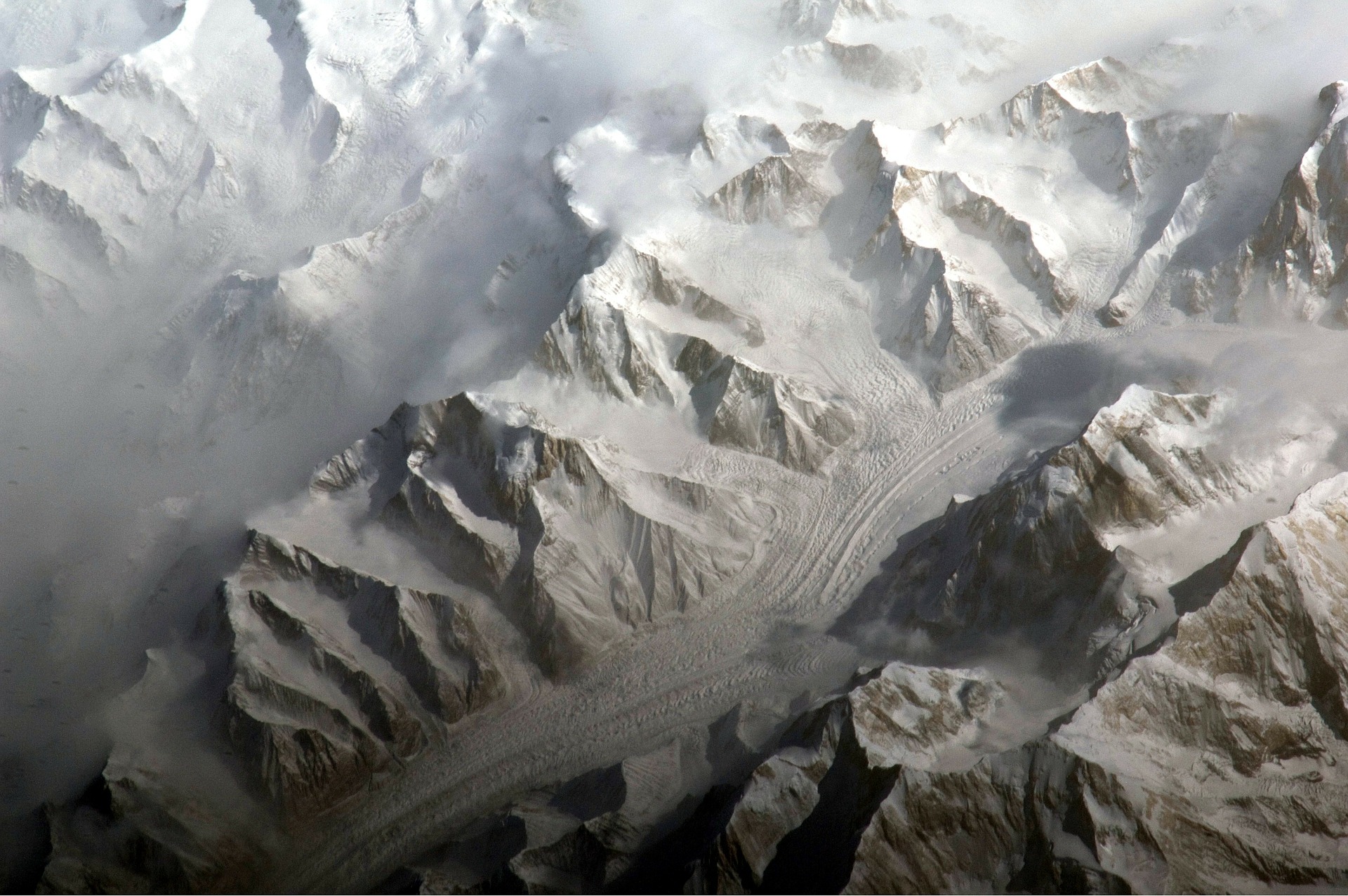
People from Urumqi in the Xinjiang region of China procure their water supply from glaciers located on the Tian Shan mountains. As the planet continues to warm, the glaciers shrink and melt away, leaving minimal water supplies for the inhabitants of Urumqi. Urumqi boasts a vast amount of history there, being a major stop over point on the Silk Road during the Tang dynasty. The Silk Road once connected a multitude of countries and continents, such as China, India, North Africa, Europe, and the Middle East, and was predominantly used by traders of fabrics, silks, spices, and other such valued materials.
China has begun to make plans for Urumqi to become an even bigger tourist hotspot in the future, with proposals to make the area more industrial as its economy continues to grow at an exponential rate. Yet, with a rapid decrease in water supply, the future for Urumqi doesn’t seem too bright. Urumqi is not the only place in China facing water supply shortages. In the past 25 years, 28,000 rivers and waterways have dried up across the entire country. Even the Yellow River, the second longest river in Asia, is now a tenth of the size it was in the 1940’s.
Australia
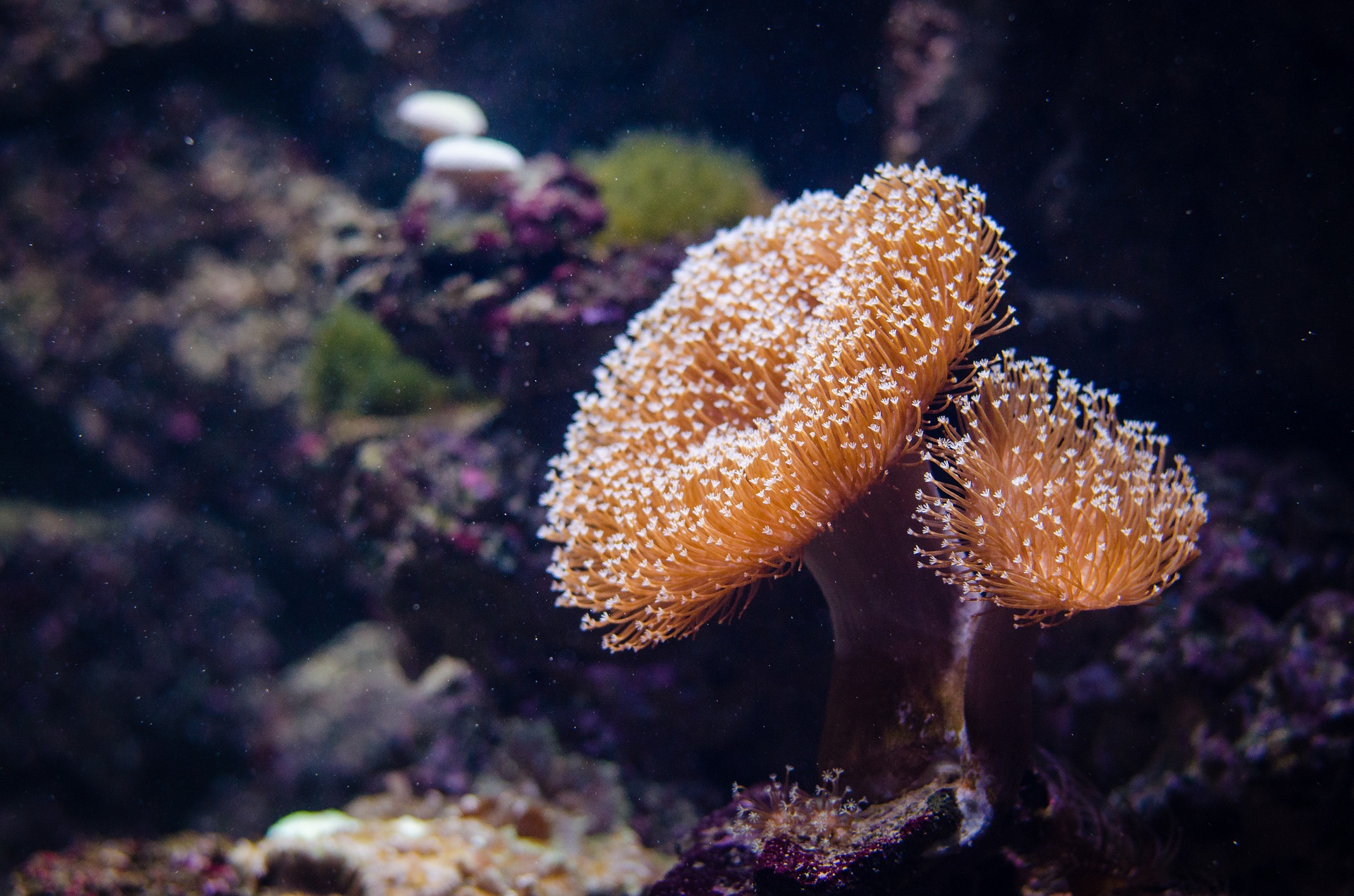
The continent nation’s Great Barrier Reef holds the distinguished title of the largest and most beautiful coral reef in the world, boasting over 400 species of coral. Regrettably, the reef is dying. Not only has the Great Barrier Reef been listed as one of the seven natural wonders of the world but it is also an extremely popular tourist destination, raking in about 6.9 billion tourist dollars annually.
Why is the reef dying, you ask? It is diseased due to ocean acidification and the consistent events of coral bleaching, which occurs when water temperatures are unusually high. The reef actually has the ability to regenerate itself if it is given enough recovery time in between coral bleaching events (generally about 10 years). Scientists predict though that as temperatures increase, so too will coral bleaching. By 2030, they presume that the bleaching will occur on a yearly basis, leaving no hope for re-generation. Not only will corals begin to lose their vibrant colours and die off, but so too will marine life within the reef, resulting in local extinction of many species that call the reef home. The reef has already suffered from at least eight major coral bleaching events since 1979, causing the eye-catching underwater coral rainbow being significantly less colourful and becoming a dull brown.
